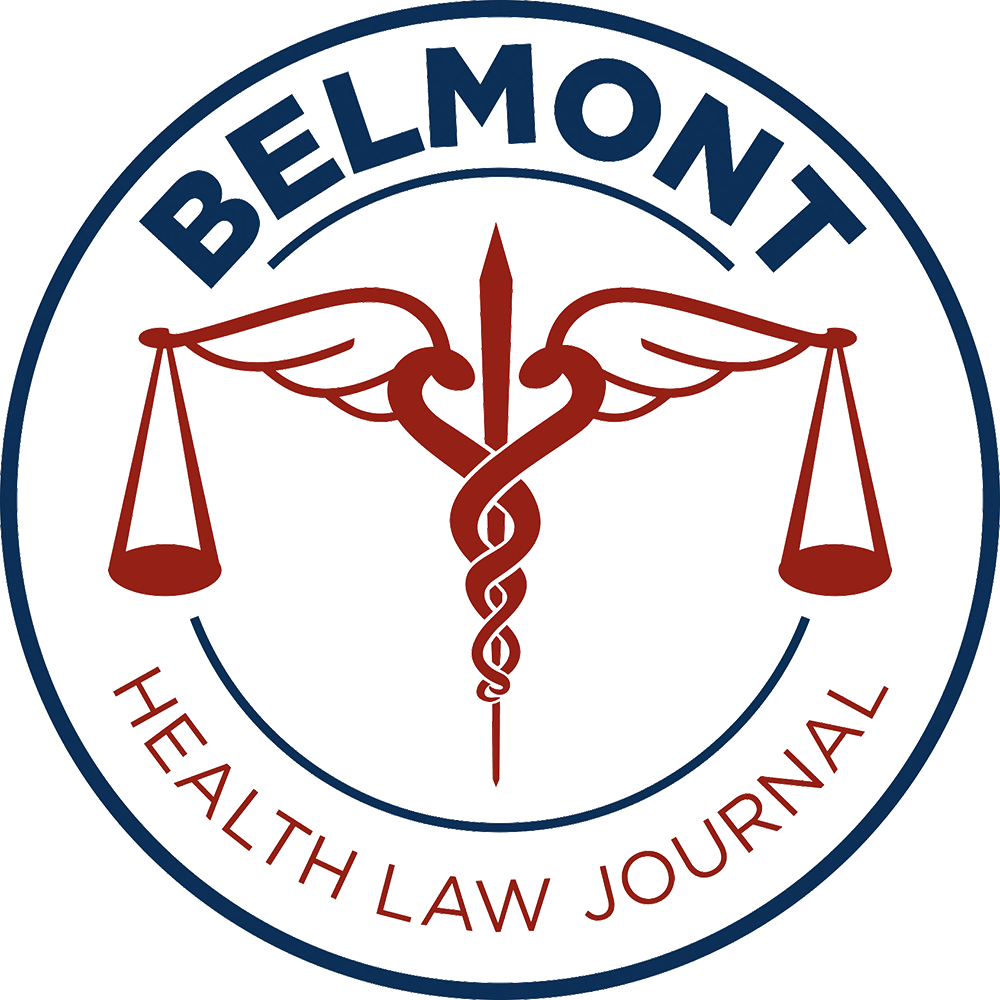Will Brandt, Class of 2022, Belmont Law
If you believe that problems and opportunities in healthcare are largely centered around data, including patient sovereignty over data, Non-Fungible Tokens (NFTs) may have a critical role to play in the advancement of the healthcare industry and legal framework surrounding that industry.
In the current state of the healthcare industry, everything that is done regarding data, involves infinitely copying that data. For example, sharing Electronic Health Information (EHI) between Health Information Networks, involves copying data repeatedly so it can be distributed where it needs to be distributed. This is problematic for many reasons, but the idea that patients want sovereignty over their date continues to be evidenced. There is a principle that has grown in popularity, and largely backstops the ideals of the European Union’s General Data Privacy Regulation, which mandates businesses to collect data that is relevant, adequate, and limited to what is necessary, with regards to the purpose for which it is being processed. This principle is data minimization. Data minimization refers to the practice of limiting the collection of personal information to data that is relevant and necessary to accomplish a specific purpose. NFTs offer a unique opportunity for the healthcare industry to work towards achieving the principles of data minimization.
If you have heard of NFTs, you have most likely seen pictures of kittens, apes, or some other “JPEG-like” image. Further, you may have seen that these images have sold for hundreds of thousands, or even millions of dollars. The easiest way to understand this phenomenon is that blockchain technology has introduced the idea of digital scarcity, and many participants in the market have assigned value to that digital scarcity. Whether or not these assets are overvalued or there is a bubble, it irrelevant for the purpose of this note.
What is relevant about NFTs, is that underneath the technological hood of their functionality, they represent, and store, a specific set of data in a specific location on a blockchain. NFTs are an efficient way to store data without infinitely copying it because although one may take a screenshot of an NFT, the underlying data remains with the true owner. Hang with me here because I want to briefly introduce another innovation in the healthcare industry and then bring this all together. This innovation is the idea of a digital twin.
A digital twin is essentially a set of data that is used to represent and function like the physical alternative. The physical alternative can be a company or even a person. For example, a grocery store may be able to set up a digital twin, where current inventory levels are stored in a dataset and update in real time. Thus, utilizing certain AI technology, the digital twin can learn to know when a specific item is running low on stock and be used to order more product. The healthcare industry has begun to adopt this powerful tool, and specifically, as we have discovered the ability to map human genomes, we have the possibility use the data of a person’s genome to create their digital twin. What does this mean? As Ghada Trobatas, the CMO at Siemen Healthineers writes, “A digital twin can be used to predict the outcome of specific procedures. It can provide assistance in determining the right therapy option for a specific patient. Or, if behavioral data and social determinants are also integrated, digital twins can help to better manage chronic diseases and population health.”
So, if health records, hospital systems, and human genomes can all theoretically be turned into a dataset and represented as a digital twin, there remains the possibility that these datasets can be programmed into and NFT and stored on a secure blockchain. If something as powerful as a human genome, with back-end AI that can help predict the likely outcome of certain procedures or the effects of certain medication can be stored on an NFT, the health law community has a lot of work to do to ensure that HIPAA, HITECH, and other healthcare data regulations are complied with, even updated to allow life-changing technologies to be implemented.
Works Cited:
https://gdpr.eu/what-is-gdpr/
https://medium.com/geekculture/digital-twin-ignition-of-nfts-evolution-eb8d647d80de
https://www.youtube.com/watch?v=R6hXmSK_32M
https://www.euruni.edu/blog/what-are-nfts-a-beginners-guide/
https://www.linkedin.com/pulse/digital-twin-healthcare-what-why-matters-ghada-trotabas/
https://dataprivacymanager.net/what-is-the-data-minimization-principle-benefits-and-importance/.
